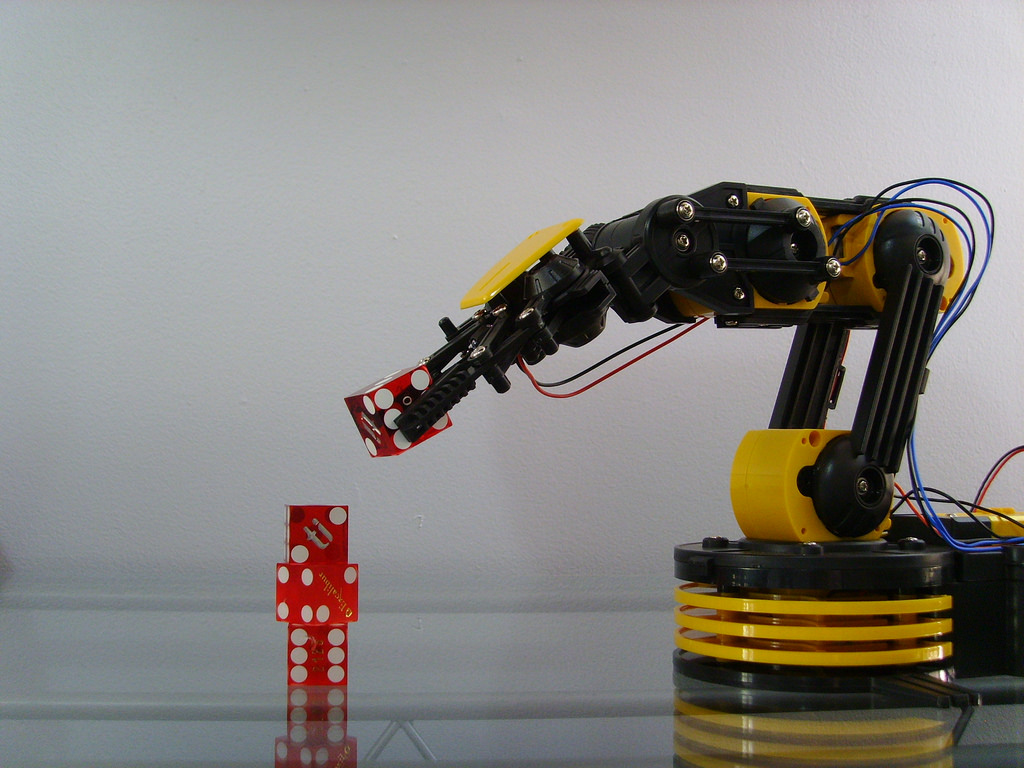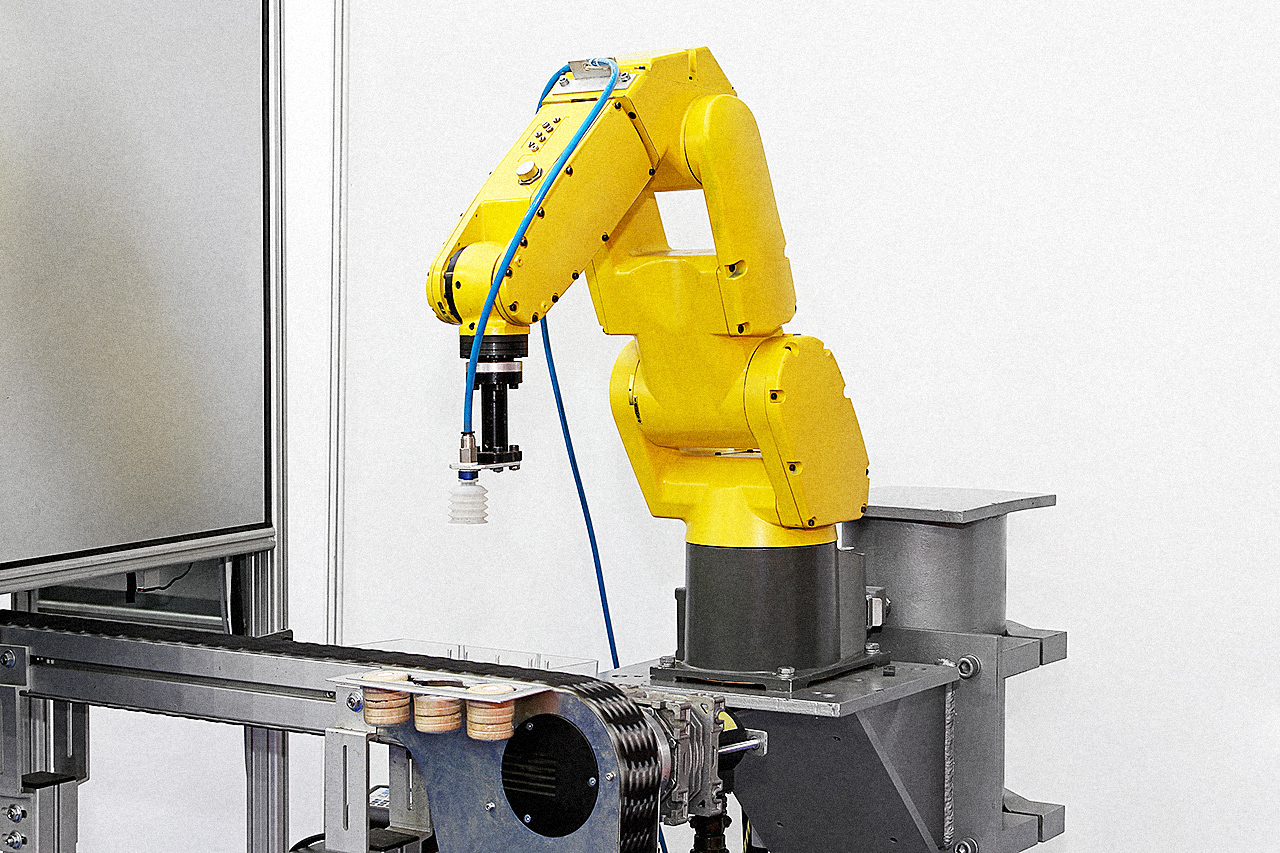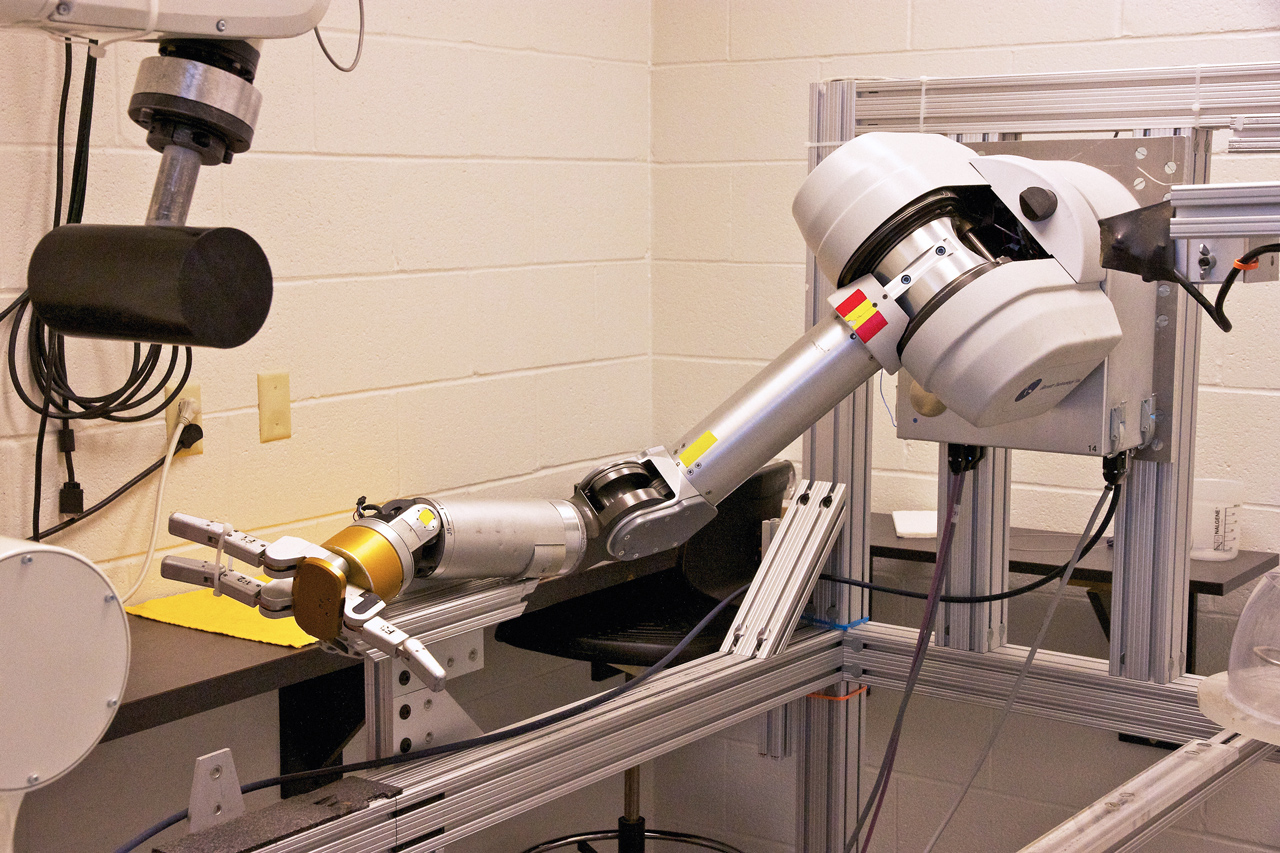If we turn the Rust Belt into the Robotics Belt, the future of robot-human cooperation in factories can create jobs in America instead of overseas.
Article by Joe Blair
Google has declared war on the independent media and has begun blocking emails from NaturalNews from getting to our readers. We recommend GoodGopher.com as a free, uncensored email receiving service, or ProtonMail.com as a free, encrypted email send and receive service.
10/05/2016 / By roboticsnews

If we turn the Rust Belt into the Robotics Belt, the future of robot-human cooperation in factories can create jobs in America instead of overseas.
Article by Joe Blair
Politicians habitually vow to bring manufacturing jobs back to the United States, but they consistently fail to explain how they plan to accomplish this goal. Donald Trump simply states that he will “bring the jobs back,” but his tirades about import tariffs and new trade deals lack practicality. Hillary Clinton has also declared her commitment to “bring back manufacturing,” but her plan is vague and unoriginal. Trump and Clinton serve up the same hollow promises because they can’t afford to utter the painful truth: “Your jobs are gone for good.”
But are they?
Under our current paradigm of manufacturing, yes, most jobs will stay in Asia and Mexico. However, if the U.S. was to fully embrace next-generation robotics and automation, it could create high-paying industrial jobs on a massive scale—just not the same jobs we had in the 1950s.

[Photo: PFkatka/iStock]
Given the trajectory of U.S. manufacturing, a renaissance might sound farfetched. The percentage of Americans employed in manufacturing peakedduring World War II at 39%, remained level during the 1950s, and then fell off a cliff, declining to 8.1% in 2014. America’s midwestern industrial heartland has suffered most. As UCLA professor Lee Ohanian writes, “. . . since 1950, no region of the United States fared worse economically than the Rust Belt.”
The Bureau of Labor Statistics estimated that in 2002, China and the U.S. had roughly equal percentages of their populations in manufacturing. The Peterson Institute for International Economics now believes that nearly 80 million Chinese work in manufacturing, which accounts for 20% of urban employment.
The longer a trend lasts, the more permanent it seems. But U.S. firms sent manufacturing offshore for lower costs, and labor is rapidly becoming more expensive in Asia. As recently as 2002, manufacturers could pay laborers 60 cents per hour in China. Now, says the Wall Street Journal, hourly wages are up to $14.60 in China’s coastal cities.
Meanwhile, in the U.S., output per manufacturing employee has climbed 40% between 2003 and 2016, making this country the most productive in the worldaccording to Oxford Economics. The advisory firm calculates that if labor costs are adjusted for productivity, China is only 4% less expensive than the U.S.

Thus, we’re at a tipping point. According to the Reshoring Initiative, the U.S. added 60,000 new manufacturing jobs and lost 50,000 overseas in 2014. That was the first net gain in 20 years. (2015 was weaker, but we at least broke even.) Since 2010, we’ve reshored 249,000 manufacturing jobs. Boeing, Walmart, GM, Apple, Caterpillar, GE, and Ford, among others, have all contributed.
Were the U.S. to implement robotics at scale, this trend would accelerate. Reshoring would become the default choice for U.S. manufacturers.
As I warned though, we can bring manufacturing home, but we cannot sustain the repetitive, manual jobs that powered American factories in the 1950s. That is a price of innovation. The industrial revolution made tanners, blacksmiths, and weavers obsolete. The digital revolution may soon replace cashiers, drivers, and stock traders with computers. Similarly, a U.S. robotics revolution would displace factory jobs in Asia and Mexico while creating new science, technology, engineering, and mathematics jobs at home.
Still, robotic manufacturing will require some people to work hands-on with machines. David Bourne, a professor at the Robotics Institute at Carnegie Mellon, has researched the potential efficiency gains of robotic manufacturing. In one experiment, Bourne found that his student, collaborating with a robot, could weld a Humvee frame “for about 16% of the cost and were nearly nine times faster than a team of welding experts who served as a control group.”
This scenario isn’t an academic experiment anymore. After a 30-year hiatus, Adidas is bringing shoe production back to Germany, and soon to the U.S., by introducing human-robot collaboration. Adidas’s new factory in Ansbach, Bavaria, can produce a pair of shoes in about five hours, while its factories in Asia often require several weeks. The Ansbach factory can run with 160 employees, and by concentrating all production in one facility close to market, the company eliminates the logistics and storage costs it faces in Asia.
Adidas provides a model for the U.S., where human-robot collaboration has the potential to reshore manufacturing. Even if manufacturers decided to open robotic plants in foreign countries, the U.S. could still remain the global center of robotics innovation. No other country has such a wealth of engineering talent or such a dynamic venture capital system to fund these efforts.

Flickr user Jiuguang Wang
And that brings us back to the politicians. If any are serious about bringing manufacturing home, they should turn the Rust Belt into the Robotics Belt. I recommend these steps:
1: Incentivize manufacturing ecosystems to combine robotic and human talent.
There are opportunities across the robotics value chain. Someone has to make robotics components, make robots, and then use the robots to make other products. The federal government and states should provide tax incentives for companies to set up human-robot, collaborative manufacturing plants.
2: Train workers for robotic manufacturing.
States should fund robotics education and retraining for unemployed or underemployed workers. Teach them to manage, maintain, train, and interact with robots. By grooming the workforce manufacturers need, states will attract businesses, jobs, tax revenue, and external investment.
3: Encourage startups to work on robotics.
Government-backed venture capital initiatives could jump-start the Robotics Belt. Ohio Third Frontier, a 10-year, $1.6 billion initiative backed by the Ohio Department of Development, has already revived dying Rust Belt towns like Youngstown, which has become a bastion of entrepreneurship. Programs like Third Frontier should target university robotics labs and robotics startups. Rust Belt cities like Gary, Indiana, and Flint, Michigan, have people and infrastructure in place for manufacturing—but they need robot “coworkers” to compete with Asia.
By applying new technology to old economic problems, we can reverse the decline of manufacturing and build a more inclusive economy in the United States. Politicians who embrace the Robotics Belt will find themselves at the helm of America’s next economic revolution.
Joe Blair is a vice president at Chrysalix Venture Capital.
Have something to say about this article? You can email us and let us know. If it’s interesting and thoughtful, we may publish your response.
Tagged Under: industry, manufacturing, Productivity, robotics
Get independent news alerts on natural cures, food lab tests, cannabis medicine, science, robotics, drones, privacy and more.